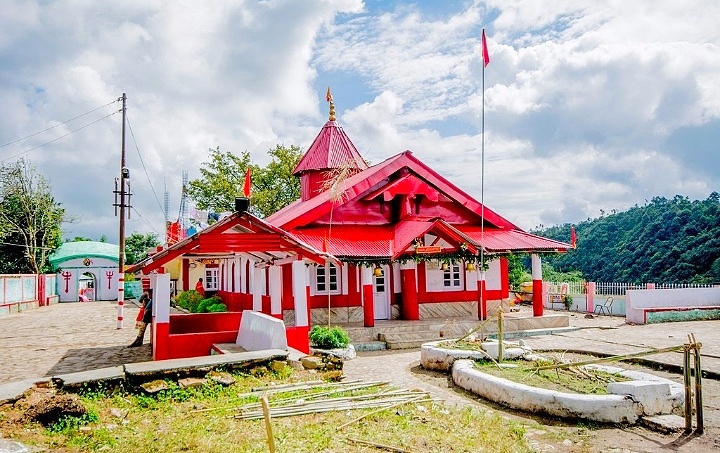The Nartiang Monoliths represent a profound archaeological marvel nestled in the West Jaintia Hills of Meghalaya, offering an extraordinary glimpse into the complex social and cultural landscape of the Jaintia tribal kingdom. These stone sentinels, standing as silent witnesses to centuries of history, tell a nuanced story of a sophisticated matrilineal society that flourished between 500 CE and the mid-19th century.
Strategically located in what was once the summer capital of the Jaintiapur kingdom, these monoliths are far more than mere stone structures. They are intricate historical documents carved in rock, chronicling the lineage, achievements, and spiritual beliefs of a remarkable civilization. The "Law Mulong" area, home to these megalithic wonders, hosts an impressive collection that ranges from towering menhirs commemorating male ancestors to flat dolmens honoring female lineages.
The most striking feature of this monolith garden is the legendary Moo Long Syiem, a colossal stone monument standing over 26 feet high. Local folklore attributes its creation to Mar Phalyngki, a trusted lieutenant of a Jaintia king, though alternative narratives suggest a more ritualistic origin involving human sacrifice. This blend of historical fact and mythological narrative exemplifies the rich cultural tapestry of the Jaintia people.
Before the advent of Christianity, the Jaintia tribes practiced Niamtre, a spiritual tradition deeply intertwined with Hindu customs. Their monolithic traditions were not merely commemorative but served complex social, political, and religious functions. Each stone was a testament to clan identity, marking territorial boundaries, celebrating martial victories, and maintaining an intricate social memory that transcended generations.
Archaeological evidence suggests these monoliths were constructed using sophisticated local techniques, with stones carefully selected and transported from nearby regions. The precision of their placement and the sheer scale of some monuments reveal a level of engineering prowess that challenges contemporary perceptions of ancient technological capabilities. Some stones were positioned to align with celestial events, indicating a nuanced understanding of astronomical principles.
The nearby Durga Temple, believed to be one of the 51 Shakti Peethas, adds another layer of historical complexity to Nartiang. Once a site of human sacrifice, the temple now stands as a powerful symbol of cultural transformation. Its iron cannons, remnants of the Jaintia kings' martial legacy, provide tangible connections to a turbulent yet fascinating historical period.
Colonial interventions dramatically altered the Jaintia Kingdom's trajectory, yet the monoliths remained steadfast cultural markers. They continued to embody the community's collective memory, serving as silent storytellers of a sophisticated matrilineal society that balanced martial prowess with intricate social structures. Today, these stones attract scholars, tourists, and cultural enthusiasts, offering a window into a complex, nuanced historical narrative that challenges simplistic understandings of indigenous societies.
Modern preservation efforts have been crucial in maintaining the integrity of this archaeological treasure. Local Khasi communities play a pivotal role in caretaking, ensuring that these monoliths are not merely historical artifacts but living cultural expressions. The site represents more than a collection of stones; it is a dynamic testament to the resilience, creativity, and profound cultural depth of the Jaintia people.





